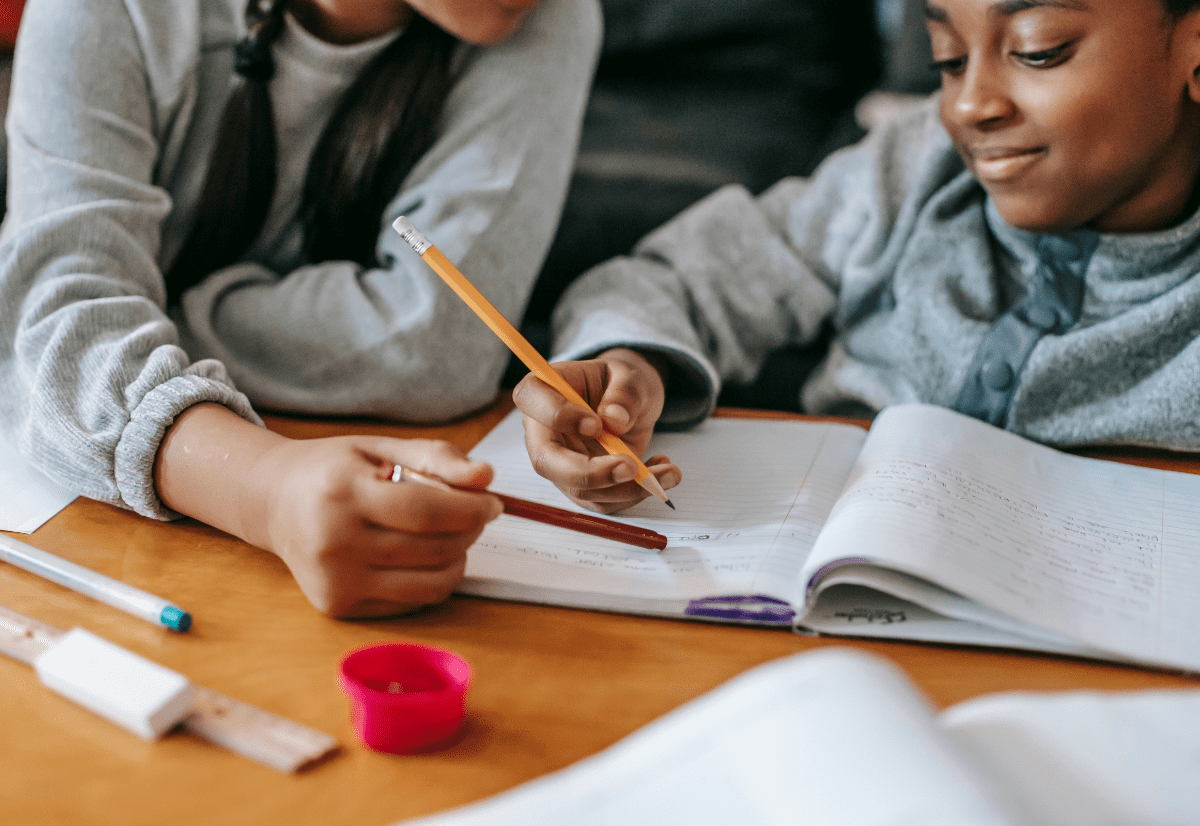Education is a lifelong journey, and for parents, guiding their children through effective learning is a crucial aspect of that expedition. In this guide, we’ll explore practical strategies to help parents foster an environment that promotes smart studying over strenuous efforts.
I. Importance of Effective Learning
As a parent, understanding the significance of effective learning sets the foundation for assisting your child’s educational journey. It’s not about the quantity of study hours but the quality of learning experiences. Finding the right equilibrium between study and play is essential for a child’s overall development. Striking this balance ensures that the learning process is enjoyable and sustainable.
II. Understanding Learning Styles
A. Visual Learners
Recognizing your child’s learning style, whether visual, auditory, or kinesthetic, is key. For visual learners, incorporating visuals aids like charts and diagrams enhances comprehension.
B. Auditory Learners
Auditory learners thrive on spoken information. Reading aloud, discussing topics, and using educational podcasts can significantly benefit these learners.
C. Kinesthetic Learners
Kinesthetic learners benefit from hands-on activities. Incorporating movement and tangible experiences into their study routine can enhance their understanding and retention.
III. Creating a Distraction-Free Environment
A. Importance of a Conducive Study Space
A dedicated study space sets the tone for focused learning. Minimize distractions and create an environment that promotes concentration.
B. Minimizing Digital Distractions
In the age of technology, limit screen time during study hours. Encourage the use of gadgets for educational purposes and implement screen time restrictions.
IV. Utilizing Technology Wisely
A. Educational Apps and Resources
Explore educational apps and online resources that align with your child’s curriculum. These tools can make learning engaging and interactive.
B. Setting Screen Time Limits
While technology can be beneficial, it’s crucial to set reasonable screen time limits. Balancing online and offline activities ensures a holistic learning experience.
V. Encouraging Active Participation
A. Interactive Learning Activities
Engage your child in interactive learning activities. Hands-on projects, experiments, and discussions foster active participation and a deeper understanding of subjects.
B. Group Study Sessions
Encourage collaborative learning by organizing group study sessions. Peer interaction enhances comprehension and provides varied perspectives on topics.
VI. Setting Realistic Goals
A. SMART Goals for Effective Learning
Teach your child to set Specific, Measurable, Achievable, Relevant, and Time-bound (SMART) goals. This approach instills a sense of purpose and direction in their studies.
B. Celebrating Small Achievements
Acknowledge and celebrate small achievements along the way. Positive reinforcement motivates children to strive for continuous improvement.
VII. Healthy Lifestyle Habits
A. Importance of Sleep
A well-rested mind is better equipped for learning. Ensure your child maintains a consistent sleep schedule to support cognitive function.
B. Balanced Nutrition
Nutrition plays a vital role in brain function. Provide a balanced diet rich in nutrients to fuel your child’s cognitive abilities.
VIII. Instilling a Growth Mindset
A. Embracing Challenges
Encourage a growth mindset by teaching your child to view challenges as opportunities for growth. Embracing difficulties fosters resilience and a positive attitude toward learning.
B. Learning from Failures
Failure is a part of the learning process. Help your child see failures as valuable lessons and opportunities for improvement rather than setbacks.
IX. The Role of Positive Reinforcement
A. Encouraging Positive Self-Talk
Promote positive self-talk to boost your child’s confidence. Reinforce the idea that effort and perseverance are as important as achieving the end result.
B. Recognizing Effort, Not Just Results
Shift the focus from grades to effort. Recognize and appreciate the hard work your child puts into their studies, regardless of the final grade.
X. Effective Time Management
A. Prioritizing Tasks
Teach your child to prioritize tasks based on importance and deadlines. Effective time management enhances productivity and reduces stress.
B. Breaking Down Study Sessions
Encourage the habit of breaking down study sessions into manageable chunks. This approach promotes focused learning and prevents burnout.
XI. Incorporating Creativity in Learning
A. Artistic Expressions in Education
Integrate creativity into learning by encouraging artistic expressions. Drawing, painting, and storytelling can make complex concepts more digestible.
B. Using Creative Mnemonics
Create mnemonic devices to make memorization fun and effective. Associating information with memorable cues enhances recall during exams.
XII. Celebrating Learning Diversity
A. Embracing Different Learning Styles
Recognize and appreciate that every child has a unique learning style. Tailor your approach to accommodate diverse learning preferences.
B. Customizing Study Approaches
Adapt your teaching methods to suit your child’s needs. Customizing study approaches ensures a personalized and effective learning experience.
XIII. Monitoring Progress
A. Regular Assessments and Feedback
Conduct regular assessments to gauge your child’s progress. Providing constructive feedback helps identify areas for improvement and refinement.
B. Adjusting Strategies as Needed
Be flexible in your approach and willing to adjust strategies based on your child’s evolving needs. A dynamic learning environment promotes continuous growth.
XIV. Staying Connected with Teachers
A. Parent-Teacher Communication
Establish open communication with your child’s teachers. Regular updates on progress and collaboration with educators contribute to a supportive learning environment.
B. Attending Parent-Teacher Conferences
Participate in parent-teacher conferences to gain insights into your child’s academic and social development. Collaboration between parents and teachers enhances the overall learning experience.
In conclusion, effective learning is not about working harder but smarter. By implementing the discussed strategies, parents can create an environment that fosters a love for learning and sets the stage for academic success. As a parent, your involvement and guidance play a pivotal role in shaping your child’s learning journey. Stay engaged, be supportive, and celebrate the joy of learning together.
FAQs
- How can I identify my child’s learning style? Understanding your child’s learning style involves observing their preferences in how they absorb information. Visual cues, verbal explanations, or hands-on activities can provide insights.
- Is screen time always detrimental to learning? While excessive screen time can be detrimental, using technology wisely for educational purposes can enhance learning experiences. Set reasonable limits and prioritize offline activities.
- Why is a growth mindset important for effective learning? A growth mindset encourages resilience and a positive attitude toward challenges. It helps children view learning as a continuous journey of improvement rather than a fixed outcome.
- How can I create a distraction-free study environment at home? Designate a quiet and well-lit study space, minimize noise and visual distractions, and establish clear rules about device usage during study hours.
- What role does sleep play in effective learning? Quality sleep is essential for cognitive function and memory consolidation. Ensure your child maintains a consistent sleep schedule to support their overall well-being.











